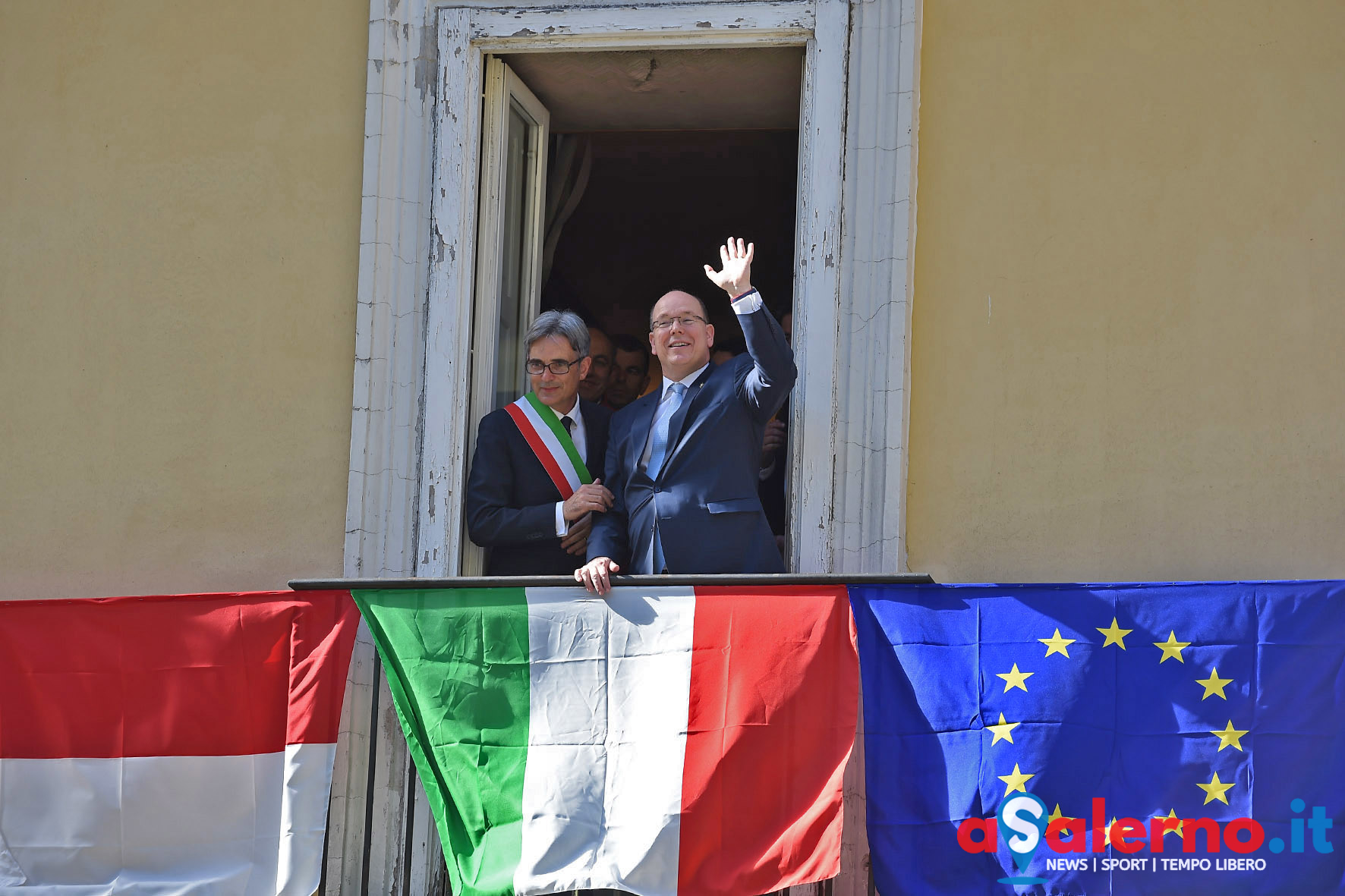The Mausoleum of Hadrian, usually known as Castel Sant'Angelo, is a towering cylindrical building in Parco Adriano.
It was initially commissioned by the Roman Emperor Hadrian as a mausoleum for himself and his family. The building was later used by the popes as a fortress and castle. The structure was once the tallest building in Rome.
Ok..this what everybody know but ... let's talk about its misteries.
Castel Sant'Angelo - why this name?
In 590 D.C. the Lombards besieged the city while the plague killed people, also Pope Pelagius.
 |
| Welcome Castel Sant Angelo |
The new pope, Gregory Magno, ordered a "septemplan litany", seven processions departed from the main church of the seven ecclesiastical regions in which the city was divided.
The processions arrived in Santa Maria Maggiore, where Gregory exhorted the people to follow him up to St. Peter's together with the acheoropirita image of the Madonna, the Salus populi.
While the procession passed over the Elio bridge, the pope saw the archangel Michael sheathed his sword into the sheath on top of Hadrian's Mausoleum.
The pope recognized the sign , the pestilence was over for divine mercy.
Curiosity: On October 29, 1497, during a thunderstorm, a lightning struck the powder magazine under the chapel, destroying the first statue.
In the days of strong wind the wings spread out of the archangel Michael, sway gently to signify his invisible presence among the clouds of Rome.
Since that moment the Mole di Adriano would have been called Castel Sant'Angelo and the bridge, Ponte Sant'Angelo
Curiosity: On October 29, 1497, during a thunderstorm, a lightning struck the powder magazine under the chapel, destroying the first statue.
In the days of strong wind the wings spread out of the archangel Michael, sway gently to signify his invisible presence among the clouds of Rome.
Since that moment the Mole di Adriano would have been called Castel Sant'Angelo and the bridge, Ponte Sant'Angelo
 |
| The statue |
The bridge
Bernini embellished it with the Angels of the Passion, but the bridge has a history of death.
During the Jubilee of 1450, a mad mule created panic and many people died during the escape.
In the following years you could find the heads of those condemned to death hanging as warning.
 |
| The bridge Ponte Sant Angelo |
The terrace
Next to the statue of the Bronze Angel there is a bell, it was played before every deadly execution.
Prisons
these structures have hosted characters that have marked Italian history. Among these we remember Giuseppe Balsamo, better known as Alessandro, Count of Cagliostro.He was a sicilian adventurer, esoterist and alchemist , he come in and out of the prisons of all Europe.
In December 1789 he was arrested in Rome and taken to the prisons of Castel Sant'Angelo, where he awaited trial for several months. Cagliostro was accused of heresy, masonry and seditious activities
 |
| What a view from the terrace - Photo by Eventi Culturali Magazine |
On 7 April 1790 the death sentence was issued, the jury also ordered the destruction of the manuscripts and Masonic instruments in the public square.
Cagliostro publicly renounced his doctrine and obtained grace. The death penalty was transformed into a lifetime prison to be served in the bleak prisons of the inaccessible fortress of San Leo , then it was considered a maximum security prison of the Papal State.
During these months of imprisonment Cagliostro elaborated his theory on the Great alchemical work of obtaining the philosopher's stone.
Through the alchemical path, Cagliostro wanted to lead man to overcome his nature and to approach the divine.
The realization of this end constitutes the "Great Work", with which the "secret fire", a cosmic energy unknown to man in his ordinary state, makes possible the transformation of man and that of metals.


























